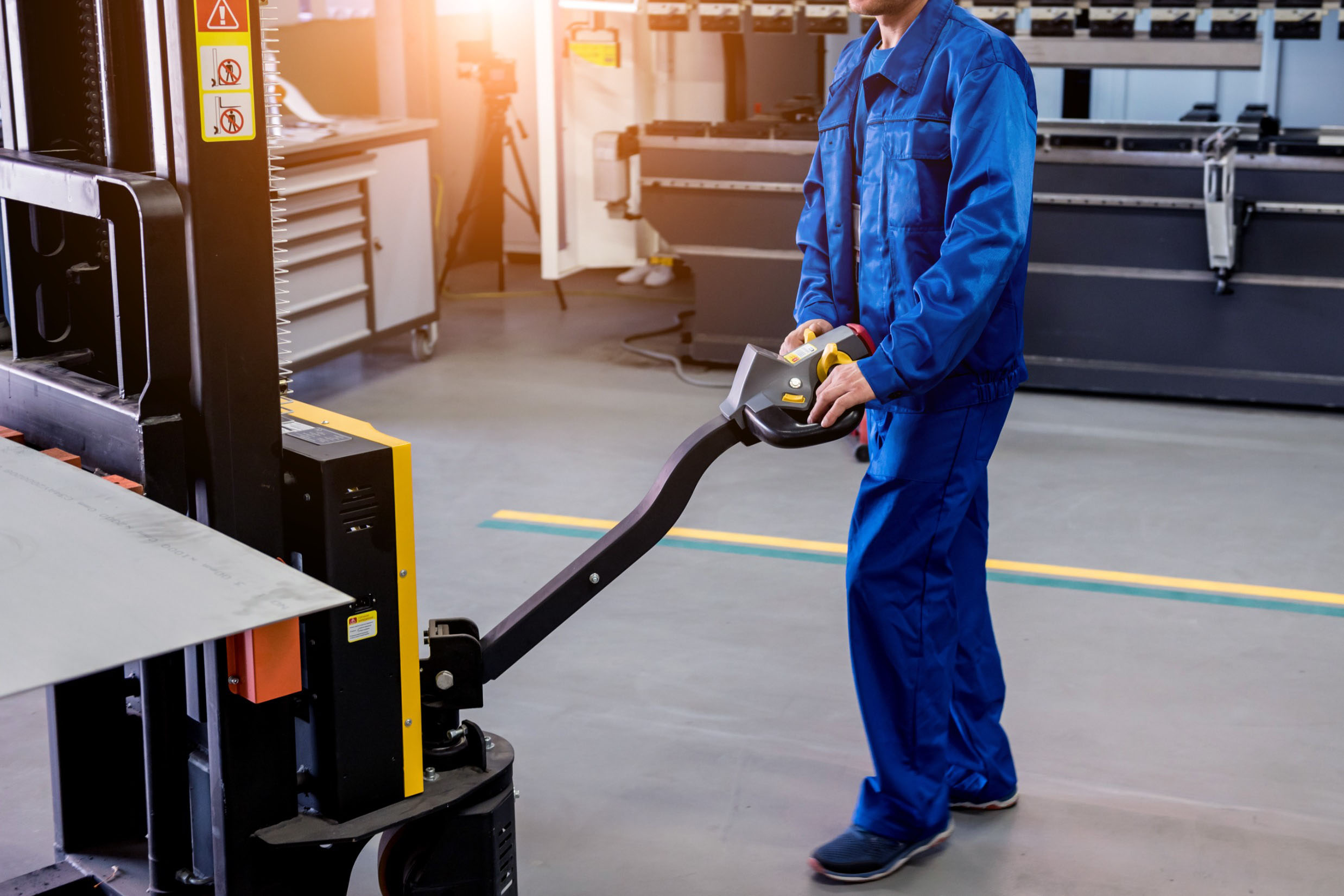It turns out that the best way to avoid a workplace lifting injury is to find a better way of completing the task that significantly reduces or eliminates the need for manual lifting altogether.
It turns out that the best way to avoid a workplace lifting injury is to find a better way of completing the task that significantly reduces or eliminates the need for manual lifting altogether.
This could include the use of equipment such as a forklift or sack truck or simply reducing the distance or height of the lift through better planning.
Is manual handling training effective?
A 2021 survey found that almost 80 per cent of employers had provided ‘how to lift’ training to their workers in the past two years.
A Heads of Workplace Safety Authorities (HWSA) position paper published in late 2022 found that ‘How to lift’ training programs do not reduce the incidence of musculoskeletal disorders.
A manual task that exposes a worker to one or more manual tasks risk factors is hazardous.
‘How to lift’ training does not change any of the hazardous manual task risk factors that workers are exposed to, nor does it address the source/s of the musculoskeletal disorder risk, such as:
- the design and layout of the work area
- the systems of work used
- physical and psychosocial risk factors
- workplace environmental conditions
- the characteristics of the load being handled
- things used in the hazardous manual task (e.g. tools and equipment).
How do I reduce the risk of lifting injuries?
Quite often there is a better way of completing hazardous tasks:
- first you should Identify which manual tasks are hazardous
- determine why a task is hazardous by identifying the source of risk
- eliminate the hazard and then minimise any remaining risk
- control measures should address the source of the risk
- maintain and review the controls to ensure continuing effectiveness

For example:
A manufacturing worker is required to continually bend into a large tub to retrieve product for packing/distribution. The task of excessive bending is identified as hazardous.
The hazardous task can be eliminated by elevating the tub on a stand or bench to remove the need for bending.
Risk management processes need to be followed so that the hazardous manual task is eliminated, or at a minimum, the risk is reduced.
Providing training on ‘how to lift’ techniques (e.g. bend your knees, keep you back straight, don’t reach) is not an effective or appropriate strategy for managing this hazardous manual task.
Can stretching exercises reduce risks?
These programs do not address the source of the risk, or a worker’s exposure to hazardous manual tasks risk factors.
For example:
A construction worker may start the day performing morning stretches, but then conducting their daily tasks requires them to use high force, or be in an awkward posture for sustained periods, or is highly repetitive etc. The stretching program has done nothing to eliminate or even reduce a worker’s exposure to these risk factors.
What training is useful in relation to hazardous manual tasks?
As stated in the HWSA paper, training should cover:
- manual task risk management, including hazardous manual task risk factors and sources of risk
- specific manual task risks and the measures in place to control them
- how to perform manual tasks safely, including the use of mechanical aids, tools, equipment and safe work procedures
- how to report a problem or maintenance issues.
For example:
A health care worker is required to handle/move/transfer people as part of their job.
Providing training in the procedure and process (specific to the person and situation) and how to use, store and maintain any of the required aides (patient lifter, slide sheet, walk belt etc) is appropriate.
This is an example of providing training to workers in the control measure/s that has been implemented. ‘How to lift’ training does not achieve this.
Further links:




